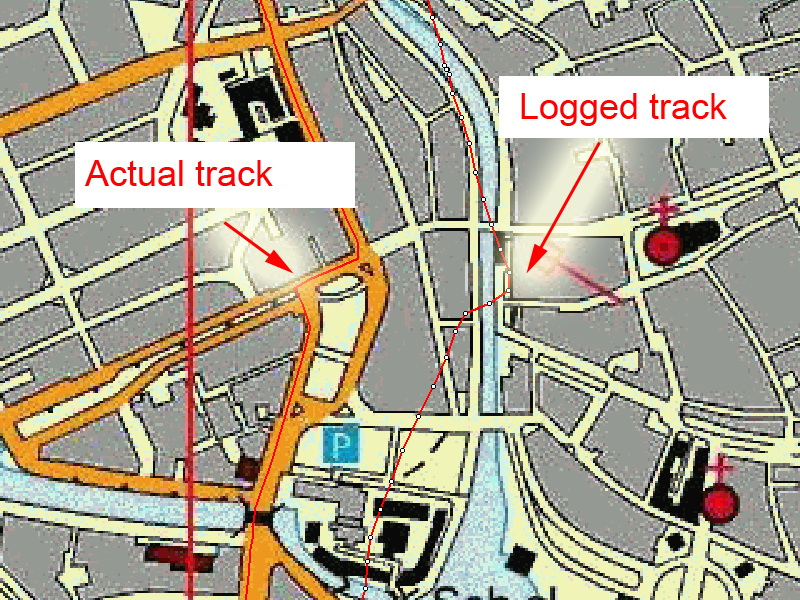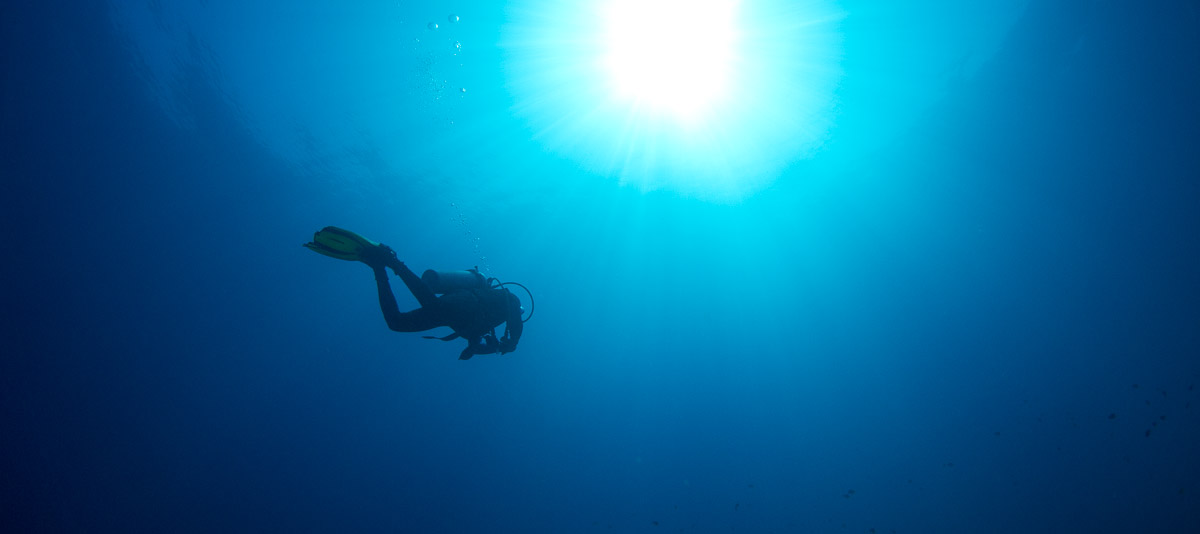The setting
For years I’ve been running with the GT-800Pro. I started of with a bulky Garmin GPSMAP 60CSx, carrying it in my hand (not really comfortable). I am happy with the GT-800Pro. I am a bit obsessed with accuracy, and the GT-800 performed quite well for such a small device, even when carrying it in the pocket of my trousers. I even wrote software for it (basically, that’s what is this site all about). In ? I was happy I-GotU came with a successor: the GT-900Pro watch, especially designed for runners. Since it came with a more sensitive GPS chip, I expected much. However, it was a great disappointment. I couldn’t get the device stable, it crashed all the time. It was very inaccurate. I sent it back to the supplier.
After a while I bought the GT-820Pro. Disappointing results (regarding accuracy) as well. However, after a couple of software updates it became better.
January 2014 I bought another GT-900Pro, hoping it has become more mature. First tests were quite promising. Therefore, it is time to put the devices on the test bench for a comparison. By the way, at the time of writing (01-2014) the GT-800Pro is no longer available. Mobile Actions replaced it by the GT-820Pro resp. GT-900Pro.
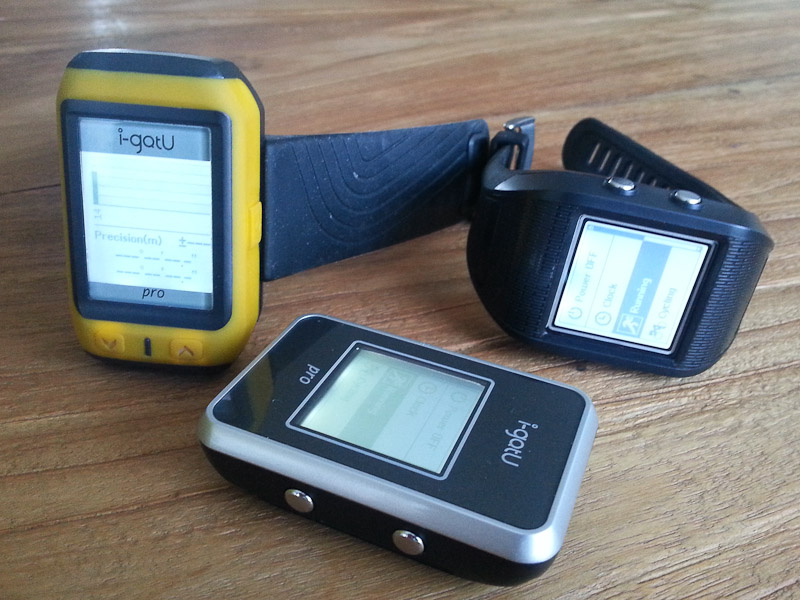
Build quality
The devices should be able to resist water to 1m for 30 minutes (IPX7). On the GT-800 the buttons are underneath the plastic of the casing, the GT-820 and GT-900 have ‘real’ metal buttons with O-ring seals. Never tried the water resistance other than running with the device in the rain, but I guess they can withstand some moisture.
One of my two GT-800s was lost because the USB connector came loose when pressing in the cable (and really, I am quite gentle to my electronics). On both of my GT-800s the rubber USB cover came off.
The single push button on the left of my new GT-900Pro did not feel ok. Normally you can push a button in and you feel a microswitch ‘click’ clearly. However, on my device the button was already pushed in by default almost all the way down. It switched (already by looking at it), but without the ‘click’. I resolved this by opening up the device, removing the button (after removing he tiny washer that keeps it in place) and filing off a bit (making the button a bit shorter), so it gives the microswitch a bit more space. Now it switches with a click.
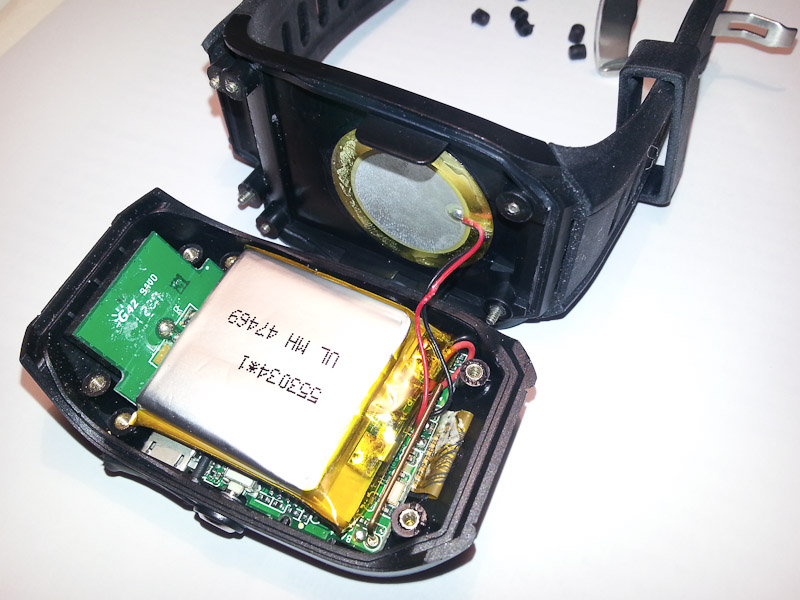
The nut inserts of two of the six screws (the two on the right in the photo above) had came loose during production. The plastic cylinder that holds them were broken. Apparently the screws were screwed in to tightly during production (no, I have quite a technical touch and I did not turn the screws clockwise to get them out; it must have been done during the production process). I fixed this by glueing them back into their positions using two-component glue.
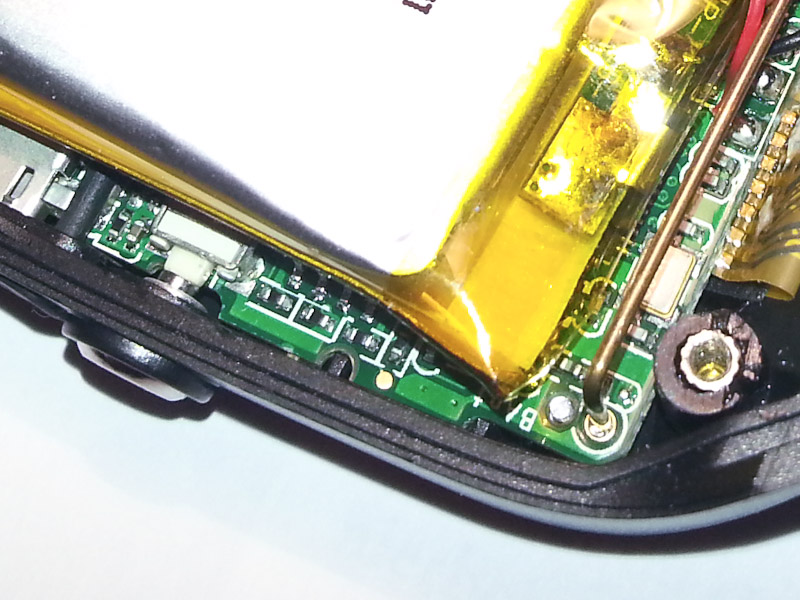
The GT-820Pro feels most rugged of the three. It’s got a aluminum-like rim (I think it is plastic). It feels solid and the buttons feel like they should feel.
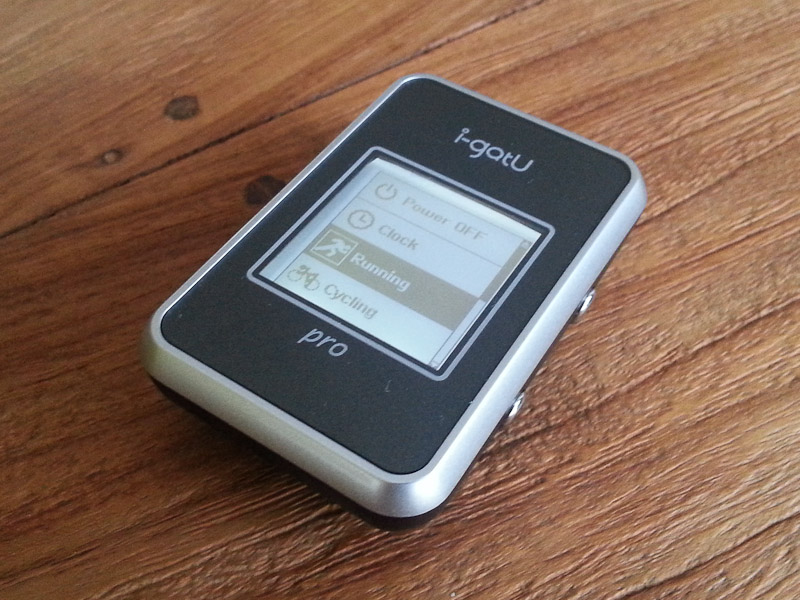
So, build quality has some concerns…
Running
The GT-800Pro was delivered with a removable wrist band (in fact the GT-800 can be used with the wrist band or bike mount). This appeared to be very uncomfortable while running. Having it to loose made the device start moving, having it a bit tighter made it uncomfortable to wear. The band presses into your wrist at the edges. Therefore I always carry the GT-800 in my pocket. It is small enough to fit in the small pockets of running tights. Of course this has a trade off on accuracy.
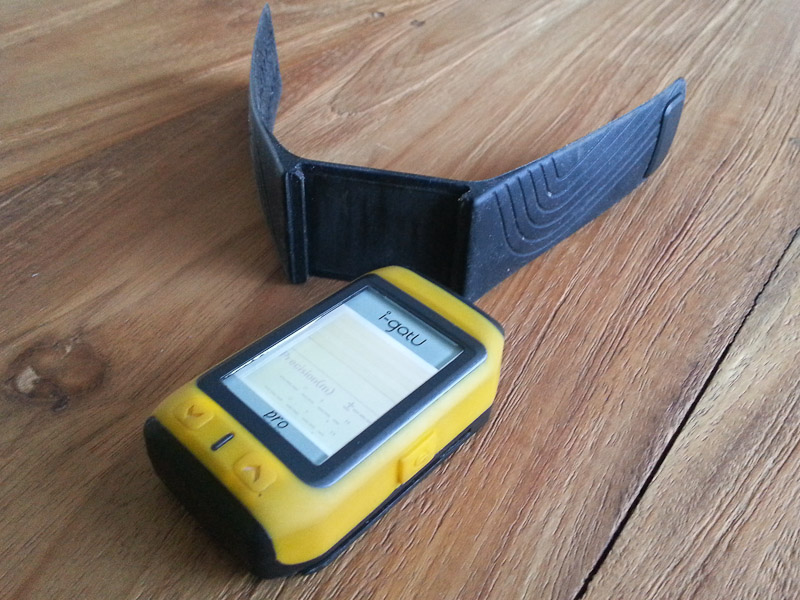
The GT-820Pro is positioned on the market as bike computer. Though the GT-800Pro wrist band fits, it is delivered without wristband. So pocket wearing also.
The GT-900Pro is positioned as a running watch. It is meant to be worn on your wrist. First tests show it is comfortable. After a while you don’t feel it any more. The design is such that the GPS patch antenna is on the top of your wrist while running, pointing to the sky. This makes it have very good reception and makes it very accurate.
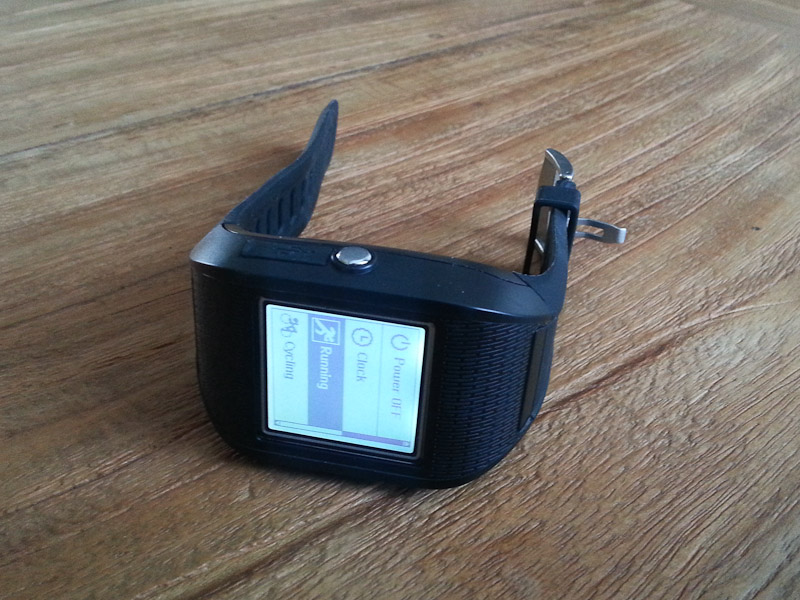
Accuracy
I did a run with all three devices. GT-800Pro and GT-820Pro in my pocket, the GT-900Pro on my wrist. It is not a fair comparison because the wrist gives a far better satellite reception, but alas, my goal is to use them for running and this is the way to carry them.
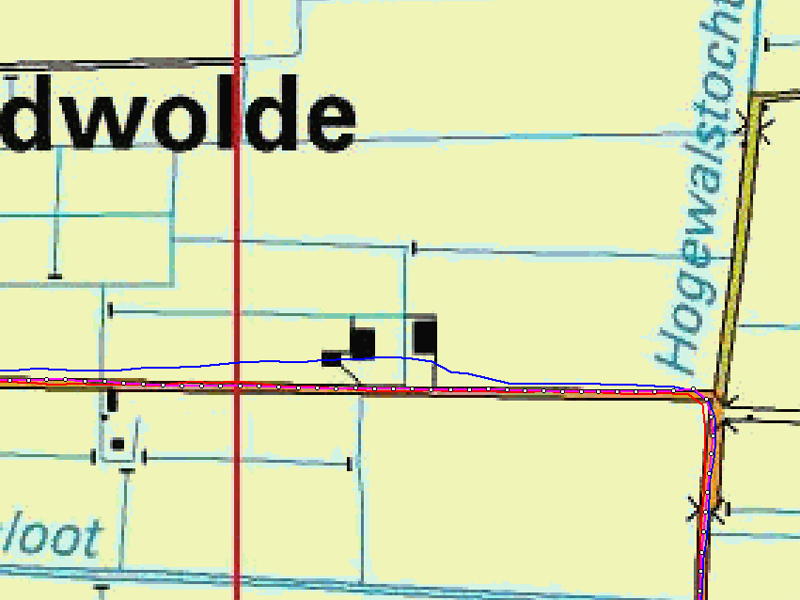
The GT-820Pro showed at one spot the largest deviation, measuring 30 m (picture above).
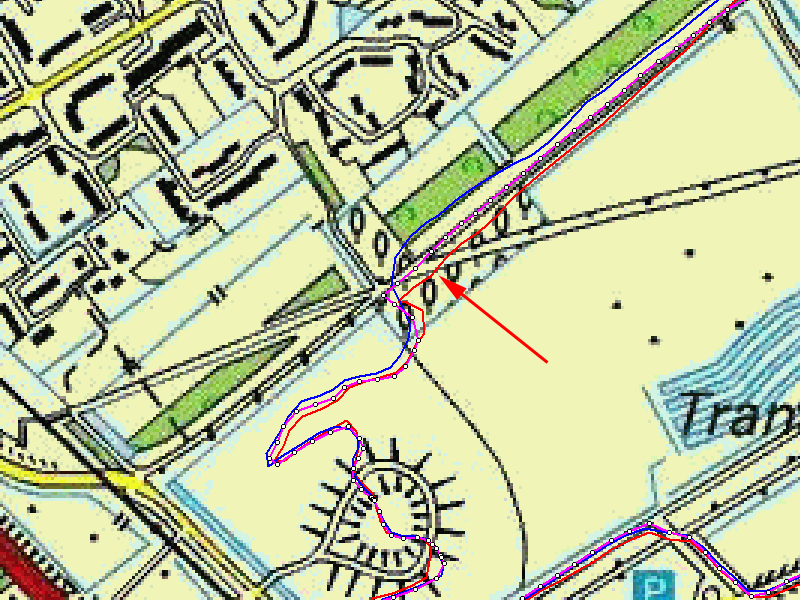
The GT-800Pro (red) showed some deviation. The worst was about 18 m (picture above).
The GT-900Pro (purple) showed no measurable deviation. During the entire track the device followed the route on the map. Of course the fact that it is worn on the wrist makes it having a better reception. This showed during the track as a better accuracy indication and higher satellite bars, with respect to the other devices.
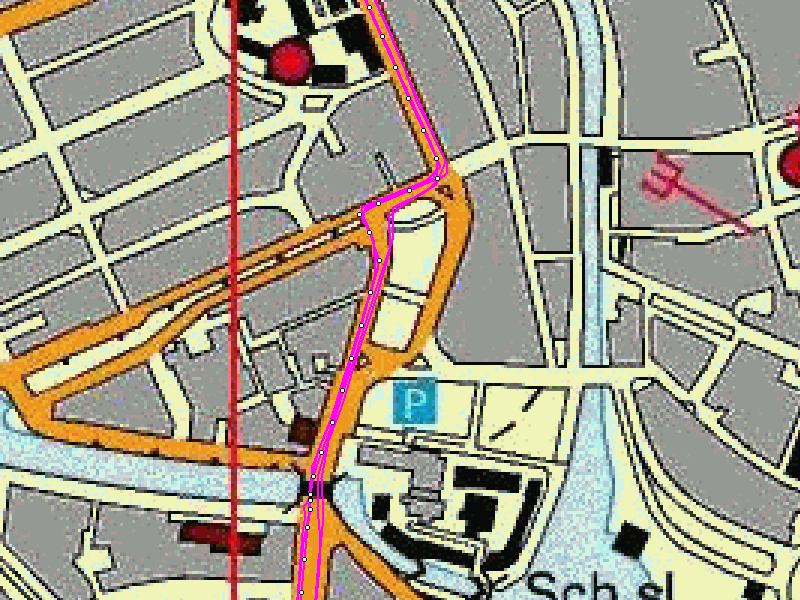
The picture above shows a notorious ‘urban canyon’ on my way to work in which my other GPSses often show deviations. The GT-900Pro showed an error of only a few meters on three times traversing it north to south and two times south to north on bicycle (the differences are actual due to different cycle paths).
GT-900/GT-820 starup issue
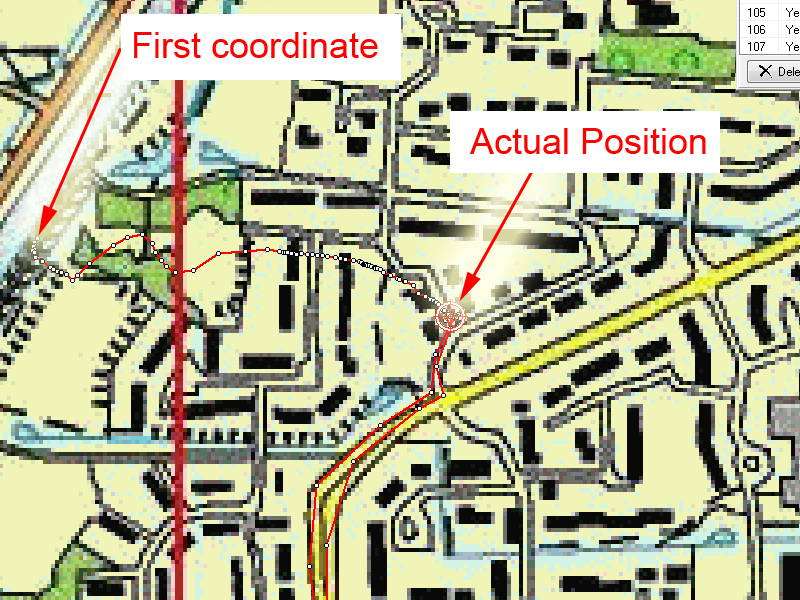
A remakable issue I observerd with the GT-900Pro is shown above: when the device is started again after being switched off a few hours, is that it gets a fix relatively quickly. However, it shows large deviations. The picture above shows the actual position and the first logged coordinate, 280 m to the west of the actual coordinate. After a while the logged coordinate creeps towards the actual position. In the example above it takes some 8 minutes. I also observed similar behaviour with the GT-820Pro, never with the GT-800Pro
Another issue is that the GT900Pro and the GT820Pro sometimes show a huge systematic error. It appears to happen when you start moving right after a hotfix when the deviation shown above occurs. In the case below the initial error was 100m west. It reduced to about 50m, after which is increased to 175 m east (below)! It persisted the entire trip from work to home, which takes me about half an hour by bike.
